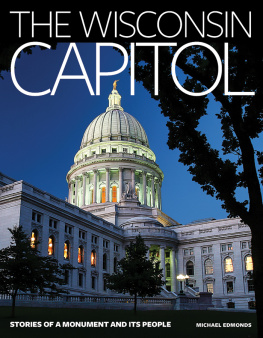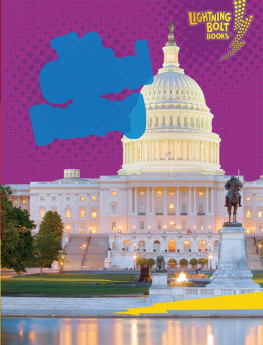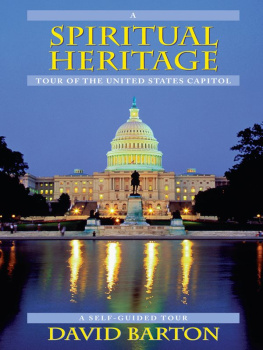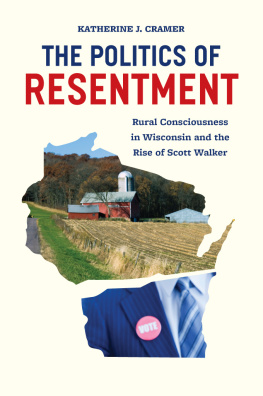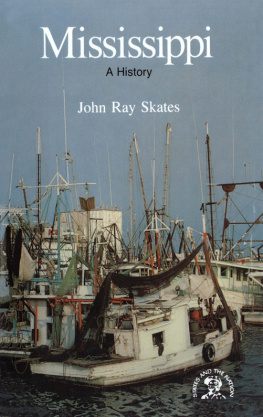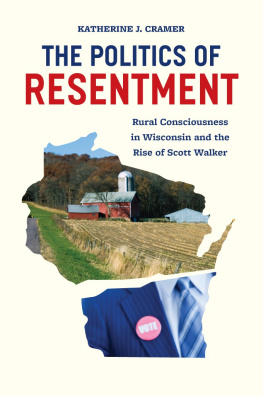
THE WISCONSIN CAPITOL
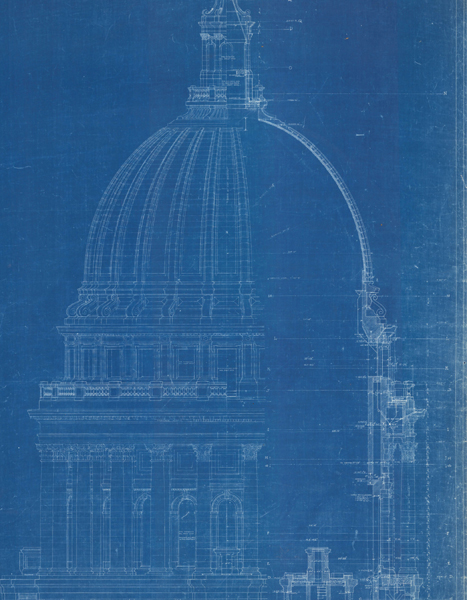
Blueprint of the Capitol dome by George B. Post & Sons, 1911
GEORGE B. POST & SONS #1991/146
THE WISCONSIN
CAPITOL
STORIES OF A MONUMENT AND ITS PEOPLE
MICHAEL EDMONDS
Wisconsin Historical Society Press
Published by the Wisconsin Historical Society Press
Publishers since 1855
The Wisconsin Historical Society helps people connect to the past
by collecting, preserving, and sharing stories. Founded in 1846,
the Society is one of the nations finest historical institutions.
Order books by phone toll free: (888) 999-1669
Order books online: shop.wisconsinhistory.org
Join the Wisconsin Historical Society: wisconsinhistory.org/membership
2017 by the State Historical Society of Wisconsin
E-book edition 2017
For permission to reuse material from The Wisconsin Capitol: Stories of a Monument and Its People (ISBN 978-0-87020-842-3; e-book ISBN 978-0-87020-843-0), please access www.copyright.com or contact the Copyright Clearance Center, Inc. (CCC), 222 Rosewood Drive, Danvers, MA 01923, 978-750-8400. CCC is a not-for-profit organization that provides licenses and registration for a variety of users.
Photographs identified with WHi or WHS are from the Societys collections; address requests to reproduce these photos to the Visual Materials Archivist at the Wisconsin Historical Society, 816 State Street, Madison, WI 53706.
Cover photo by Todd Klassy / www.toddklassy.com
Designed by Diana Boger
21 20 19 18 17 1 2 3 4 5
Library of Congress Cataloging-in-Publication Data
Names: Edmonds, Michael, 1952 author.
Title: The Wisconsin capitol : stories of a monument and its people / Michael Edmonds.
Description: Madison, WI : Wisconsin Historical Society Press, 2017. | Includes bibliographical references and index. | Description based on print version record and CIP data provided by publisher; resource not viewed.
Identifiers: LCCN 2017003550 (print) | LCCN 2017012573 (ebook) | ISBN 9780870208430 (ebook) | ISBN 9780870208423 (hardcover : alk. paper)
Subjects: LCSH: Wisconsin State Capitol (Madison, Wis.) | WisconsinCapital and capitol. | Historic buildingsWisconsinMadison. | Madison (Wis.)Buildings, structures, etc.
Classification: LCC F589.M18 (ebook) | LCC F589.M18 E46 2017 (print) | DDC 977.5/83dc23
LC record available at https://lccn.loc.gov/2017003550
It is stories that keep people alive.
Doris Kearns Goodwin
The Wisconsin Capitol is a companion to the Wisconsin Public Television documentary funded in part by Ron and Colleen Weyers, Edvest, American Transmission Company, National Guardian Life Insurance Company, and Friends of Wisconsin Public Television.

Elevated view of the Capitol with Lake Monona in the background
WHI IMAGE ID 45168
CONTENTS
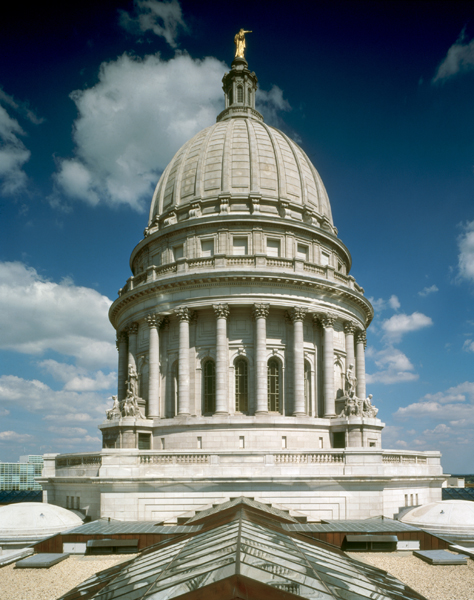
Capitol dome photographed by James T. Potter
WHI IMAGE ID 45161
When Europeans first settled here, Wisconsin was ruled by a king.
King Louis XIV governed all of Canada, including Ouisconsin, from 1661 to 1715. In June 1671, his emissary planted a cross beside Lake Superior and announced that the whole region was part of France, an astounding act of arrogance. But it didnt astound the explorers and missionaries who witnessed it. They believed that God gave kings the power to rule over everyone else. This divine right of kings was common sense for centuries.
That is, it was common sense until a handful of visionaries in Philadelphia hatched a crazy idea in 1776. We hold these truths to be self-evident, their theory ran, that all men are created equal, that they are endowed by their Creator with certain unalienable Rights, that among these are Life, Liberty and the pursuit of Happiness.That to secure these rights, Governments are instituted among Men, deriving their just powers from the consent of the governed...
The Founding Fathers turned the world upside down by proclaiming that political power doesnt descend from God on high, but rises up from the hearts and minds of the people.
Wisconsin pioneers tested this theory between 1830 and 1860. Thousands of dreamers and schemers left East Coast cities, Southern plantations, British fiefdoms, and German principalities to try their hands at self-governance in the wilderness. They held meetings, chose their neighbors to be lawmakers, and sent those neighbors to Madison to realize the Founding Fathers dream of freedom and democracy.
Reality, unfortunately, didnt quite live up to the dream. Wisconsins 1848 constitution excluded over half of the states population from participating in democracy; women, African Americans, and Native Americans were all denied the right to vote. Candidates for office were soon being chosen by party bosses who drew up the ballots behind closed doors. Government jobs were handed out in exchange for votes or campaign donations. By the mid-nineteenth century, the ideal of democracy had evolved into rich white men trading favors in smoke-filled backrooms.
But the Founding Fathers vision survived. The idea of self-government took root and, like a flower rising from a crack in the sidewalk, democracy slowly but surely began to flourish in Wisconsin. In 1866, African American men secured the vote. In 1884, women won partial suffrage. In 1895, a civil rights bill passed. In 1899, the worst electoral bribery was outlawed. In 1904, primary elections replaced secret deals among the rich and powerful.
Then, the Wisconsin Capitol burned to the ground.
Thats right. Just as the doors to democracy were opening wider than ever before, our most visible symbol of self-rule went up in flames.
The states leaders vowed to create a new capitol to embody their dream of democracy. They spared no expense as architects, designers, painters, sculptors, and craftsmen worked on the building for more than a decade. When the Capitol we know today was finished in 1917, it was part office block, part museum, and part shrine.
As the decades passed, everyone found room under its generous domeYankee and German, Norwegian and Ho-Chunk, women and men, Republican and Democrat, black and white, gay and straight, progressive and conservative. This book recounts some of their stories and pays homage to Wisconsins grand monument to freedom and democracy.
In 1837, when workers began building Madisons first capitol, people had been living on the isthmus for more than ten thousand years. At the end of the last Ice Age, melting glaciers flooded hundreds of square miles in what is now central Dane County. Rising out of this Glacial Lake Yahara was the rounded hilltop where todays state capitol stands. Small bands of hunters speared mammals, caught fish, and gathered plants all around the waters edge for thousands of years, and the remains of their keyhole-shaped cellars and stone tools can be found in abundance around the Madison region. Around 500 BCE, native peoples began burying their deceased leaders in conical or linear-shaped mounds, which can still be seen around the city.

